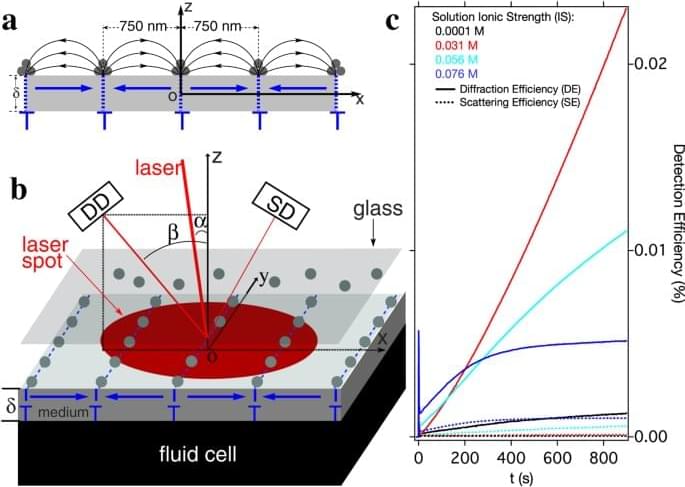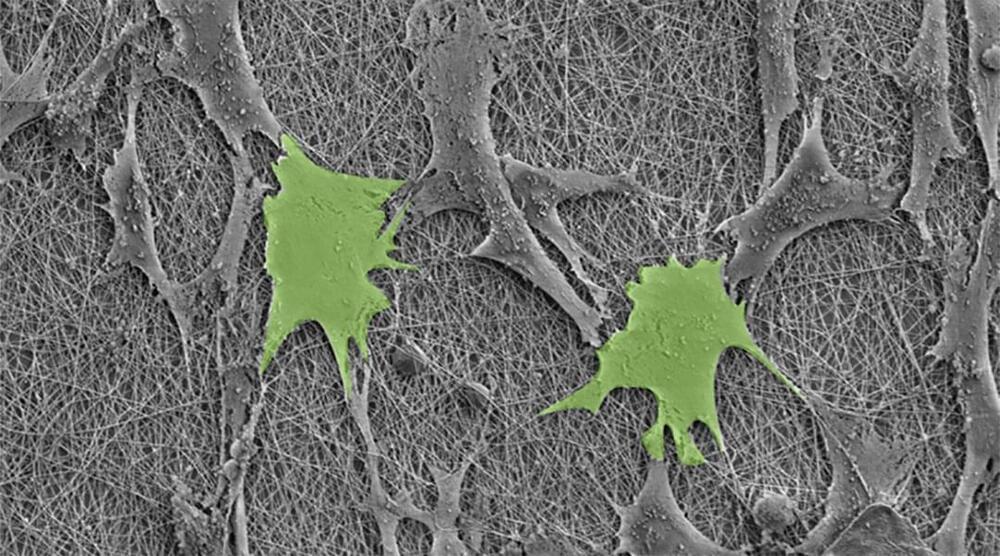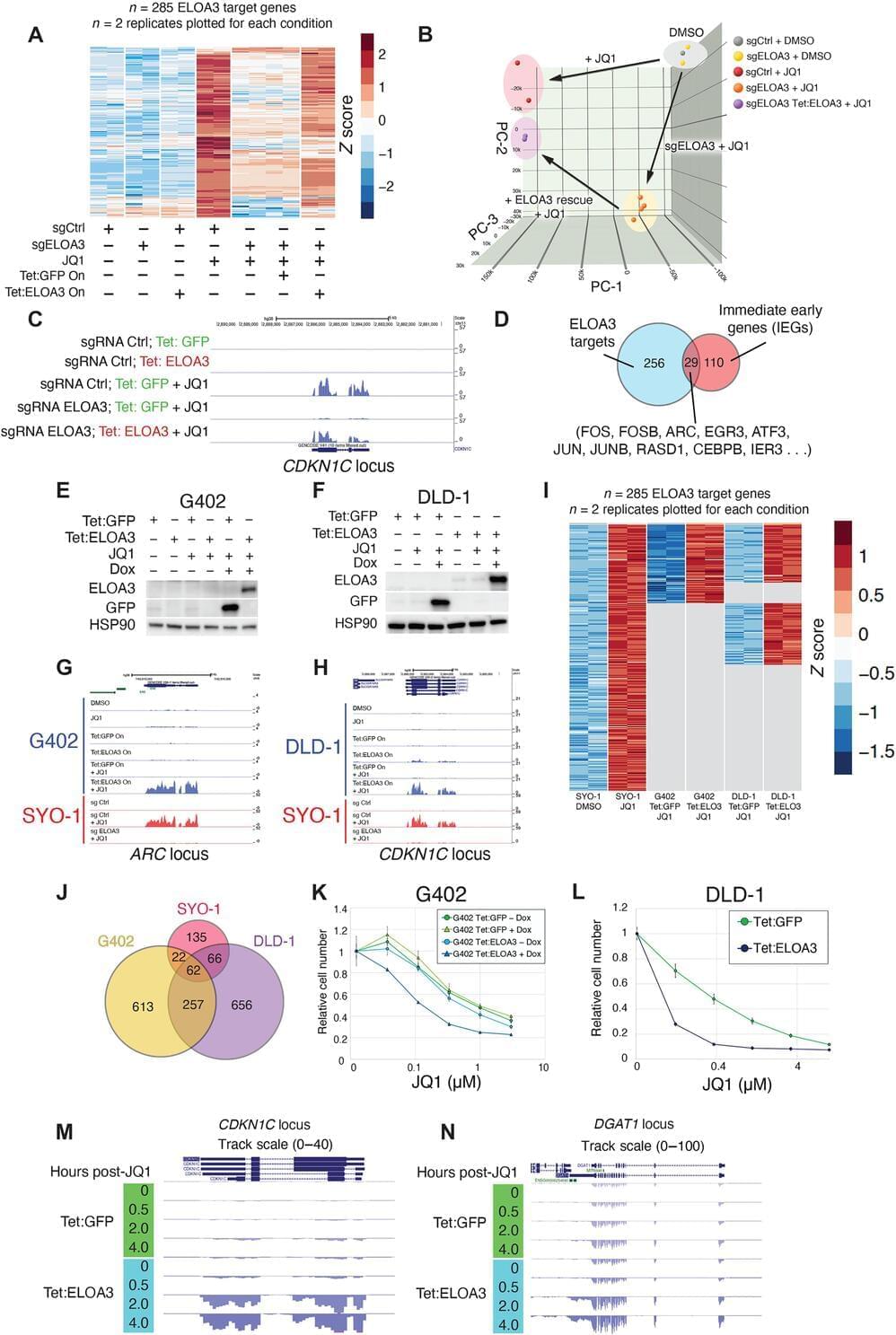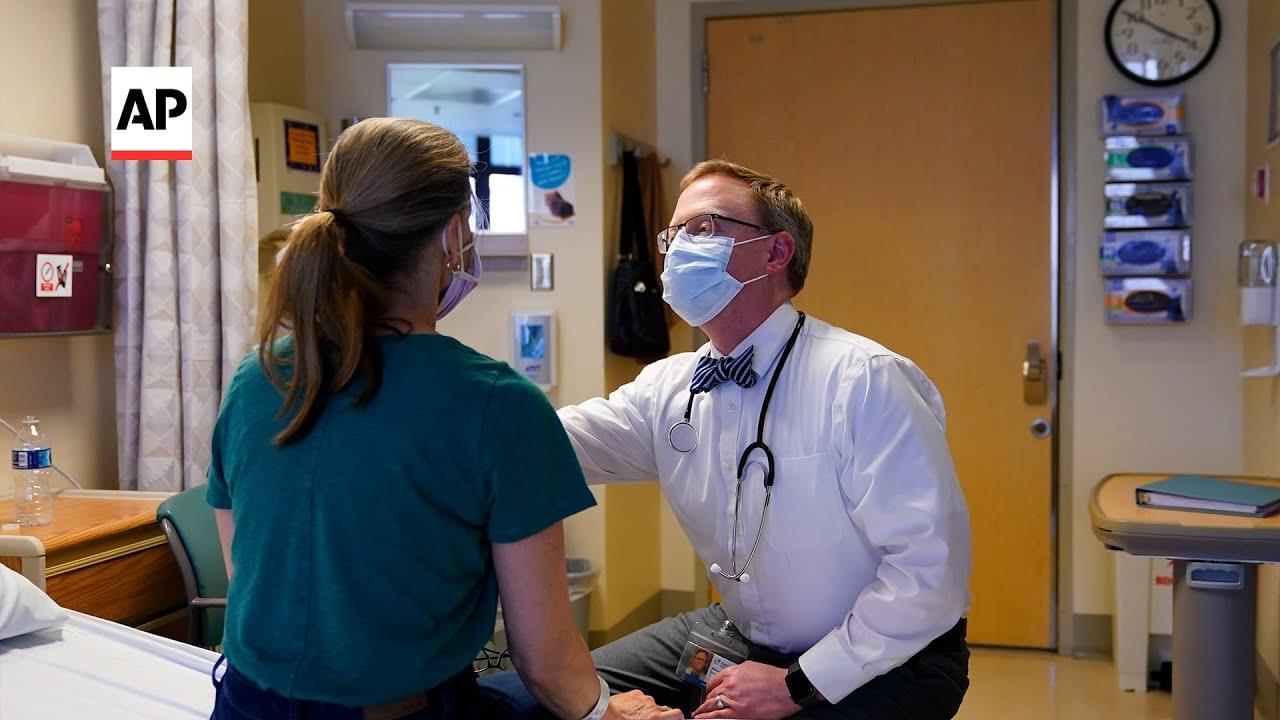Nov 25, 2023
Triggered self-assembly of magnetic nanoparticles
Posted by Quinn Sena in categories: biotech/medical, nanotechnology, Ray Kurzweil
One of ray kurzweils wonder machines are already here self assembled nanobots called foglet machines. This could allow for future avatars that people could pilot for daily life.
Colloidal magnetic nanoparticles are candidates for application in biology, medicine and nanomanufac-turing. Understanding how these particles interact collectively in fluids, especially how they assemble and aggregate under external magnetic fields, is critical for high quality, safe, and reliable deployment of these particles. Here, by applying magnetic forces that vary strongly over the same length scale as the colloidal stabilizing force and then varying this colloidal repulsion, we can trigger self-assembly of these nanoparticles into parallel line patterns on the surface of a disk drive medium. Localized within nanometers of the medium surface, this effect is strongly dependent on the ionic properties of the colloidal fluid but at a level too small to cause bulk colloidal aggregation.


















